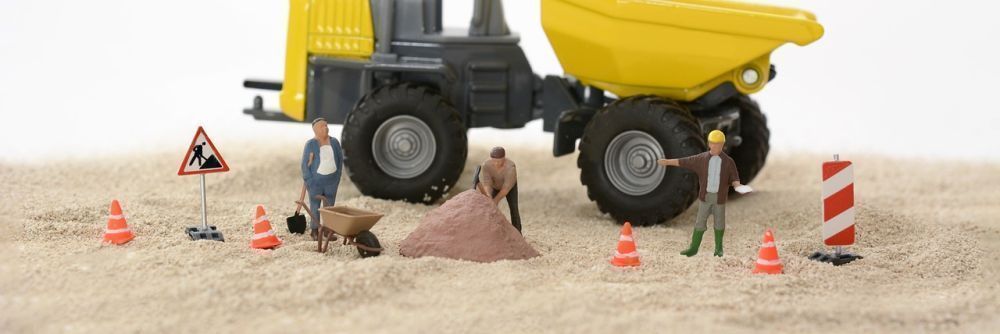
What Is Fence Setting Out, and How Is It Done?
If you've been investigating a new fence for a commercial or residential fence project, you might have heard the term "setting out," or someone said they were going to set out fence posts.
Let's take a closer look at what it means to set out fence posts or fencing in general, how it's done, and why it matters.
What Does It Mean to "Set Out" Fence Posts?
Setting out fence posts and fencing is a process that is done before your fence contractor starts digging holes, installing posts or any of the other work on your fence project. It is a construction process that includes identifying the various important points on your fence line, as well as planning where your fence posts and other features will be.
How Is Fence Setting Out Done?
Setting out fence posts and fencing depends a lot on the type of project.
If you are having a simple residential fence installed, and it's going in the same place as an existing fence, then there might not be too much work to be done before the installation can commence.
However, if you're installing a long fence on a commercial, high security or industrial site where there is no existing fence, there's a lot more to do before your fence contractor can start working to install your fence. This usually includes:
- Reviewing the latest version of the site layout drawings to determine important features of the fence line corners, ends, gates and so on.
- Having the site pegs pointed out by the client or their land surveyor - sometimes, these will indicate all the points of the fence, sometimes it might be an X and Y line, and sometimes there will simply be boundary pegs.
- Double checking levels for all fence lines - unless it's specifically included in your quote, most fence companies do not make allowance for concrete forms, longer posts or any other measures to address unfinished grading and cut and fill on your fence lines. If these things are required, there may be additional costs.
- Running string lines along fence lines, so that post positions can be marked.
- Marking the fence post positions according to the specification. Sometimes, on shorter fence lines where spec-based spacing will look unbalanced, your fence contractor may space intermediate or line posts evenly instead.
- Sometimes, fence contractors will use a "jig," which is cut to the same size as post spacing, particularly when they are setting out panel fences.
- Marking the position of gates and openings.
- Taking note of any obstacles and potential problems on the fence line. If the fence line needs to be deviated or another design change needs to happen, your fence contractor should tell you and request instructions about what you want to be done.
Most fence contractors do not hire land surveyors to identify site pegs or levels, so you will probably need to have this done yourself. They will also require an accurate set of plans for the project and a new set any time there's a revision. Small sites and residential projects usually don't require all of these steps, and setting out is a simpler, more streamlined process.
Fence companies will usually use stakes, string lines, marking spray paint and other simple tools and materials to mark out every fence line. Sometimes, on highly technical fence system installation projects, they might also use survey equipment or laser levels, but that's usually the exception rather than the norm.
Why Does Setting Out Fence Posts Matter?
You might be wondering why it matters that your fence contractor takes the time to set out fence posts and other features of your fence project. However, a little advance planning can make all the difference to the finished fence.
Setting out the fence lines not only ensures that your fence is installed in the correct place, to the correct height and more, it can also identify any problems on your fence line that might need to be addressed.
Even if your fence contractor quoted off a detailed plan, there might still be things that are not indicated on that drawing. Spending time setting out each fence line, confirming site features and conditions and marking posts and other feature positions takes a little extra time, but it can help to save a lot of time and hassles later on in the project!


